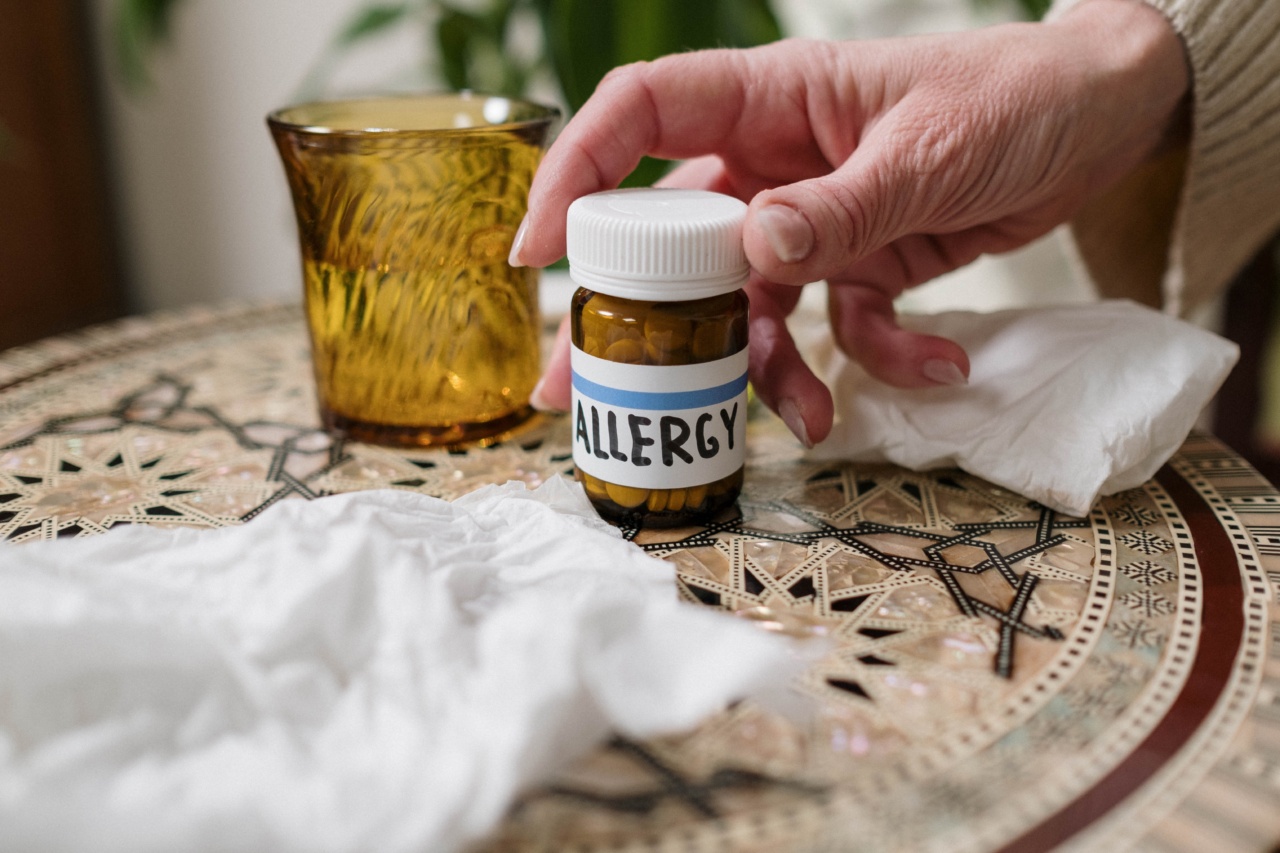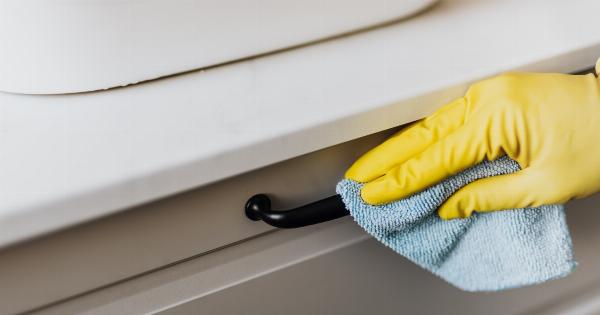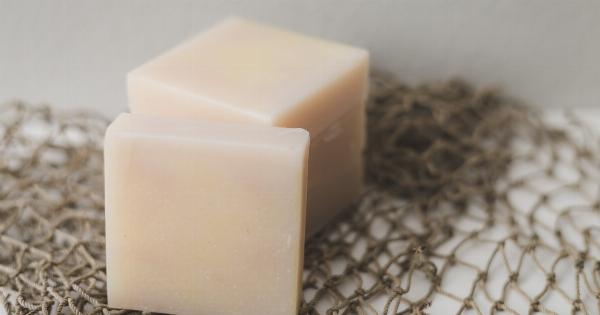Mold is a type of fungus that grows in moist and warm conditions. It is present both indoors and outdoors, and can affect people with allergies. Mold allergies can cause a range of symptoms, from minor to severe.
In this article, we will discuss the symptoms and treatment of mold allergies.
Symptoms of Mold Allergies
The symptoms of mold allergies may vary depending on the severity of the allergy. Some of the common symptoms include:.
- Sneezing
- Coughing
- Runny or stuffy nose
- Watery or itchy eyes
- Skin rash or hives
- Wheezing or difficulty breathing
- Asthma attacks
- Fever
- Headaches
- Fatigue
These symptoms may be mild to severe depending on the individual. Mold allergies can also cause more serious health problems such as respiratory infections, sinusitis, and bronchitis.
Treatment for Mold Allergies
The treatment for mold allergies depends on the severity of the allergy and the symptoms. Some of the common treatments include:.
- Antihistamines – These medications block the effects of histamine, which is released during an allergic reaction. Antihistamines can help relieve symptoms such as sneezing, runny nose, and itchy eyes.
- Nasal corticosteroids – These nasal sprays reduce inflammation in the nasal passages and can help relieve symptoms such as nasal congestion and runny nose.
- Decongestants – These medications help relieve nasal congestion by constricting blood vessels in the nasal passages.
- Immunotherapy – This treatment involves allergy shots that help desensitize the immune system to mold and other allergens.
It is important to consult a doctor for proper diagnosis and treatment of mold allergies. In addition to medication, people with mold allergies can take steps to reduce exposure to mold, such as:.
- Keeping indoor humidity levels below 60%
- Fixing any water leaks or moisture problems in the home
- Cleaning and drying any areas affected by mold
- Using air conditioners and dehumidifiers to reduce humidity levels
- Avoiding outdoor areas with high mold concentrations
These steps can help reduce the symptoms of mold allergies and improve overall health and quality of life.
Prevention of Mold Allergies
Prevention is the key to avoiding mold allergies. Here are some tips to prevent mold growth in your home:.
- Keep your indoor spaces dry and well-ventilated.
- Use air conditioning and dehumidifiers to control humidity.
- Clean and dry any areas affected by mold quickly and thoroughly.
- Avoid carpeting in areas that tend to be damp, such as basements and bathrooms.
- Regularly clean and replace air filters in your HVAC system.
- Avoid using humidifiers, as they can promote mold growth.
- Keep gutters and downspouts clean and well-maintained to prevent water from seeping into your home.
- Fix any leaks or water damage quickly and thoroughly.
By following these tips, you can prevent mold growth and reduce the risk of mold allergies in your home.
Conclusion
Mold allergies can cause a range of symptoms, from minor to severe. The key to managing these allergies is to seek proper diagnosis and treatment from a healthcare professional.
In addition to medication, people with mold allergies can take steps to reduce exposure to mold and improve overall health and quality of life. By following the prevention tips outlined in this article, you can prevent mold growth and reduce the risk of mold allergies in your home.































